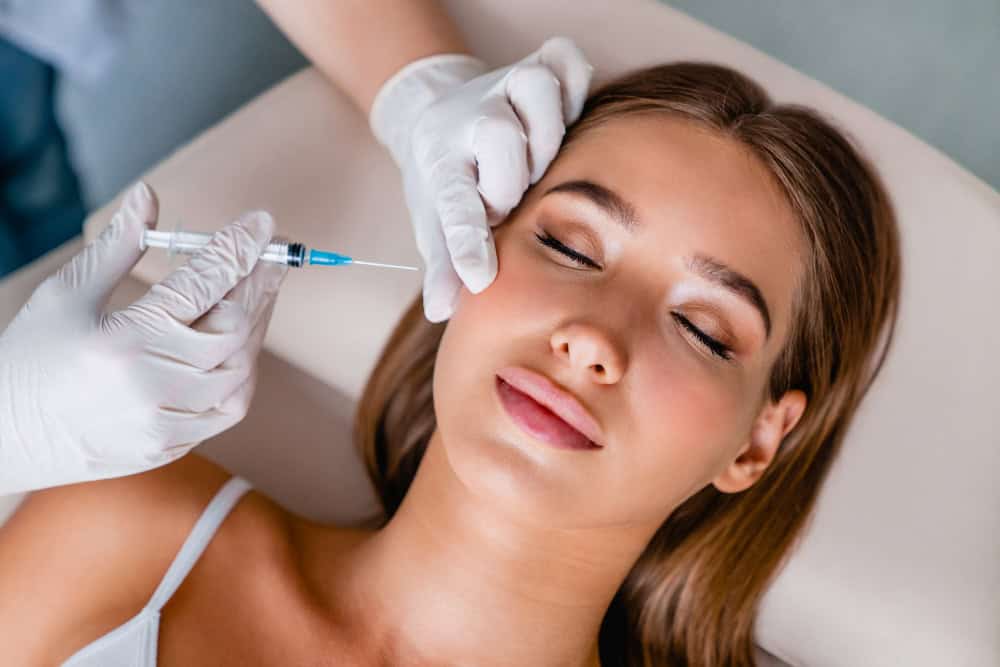TMJ and Botox
TMJ pain can be constant and debilitating. Jaw pain, clicking and popping, headaches, and more make it difficult to function, let alone thrive. The challenge with TMJ pain is it’s what TMJ specialists call “multifactorial,” which means it’s caused by more than one thing.
One common factor is muscle tightness. Whether that tightness is caused by stress or jaw clenching, Botox can help ease this muscle tension. This makes Botox an effective tool to discuss with your TMJ dentist.




